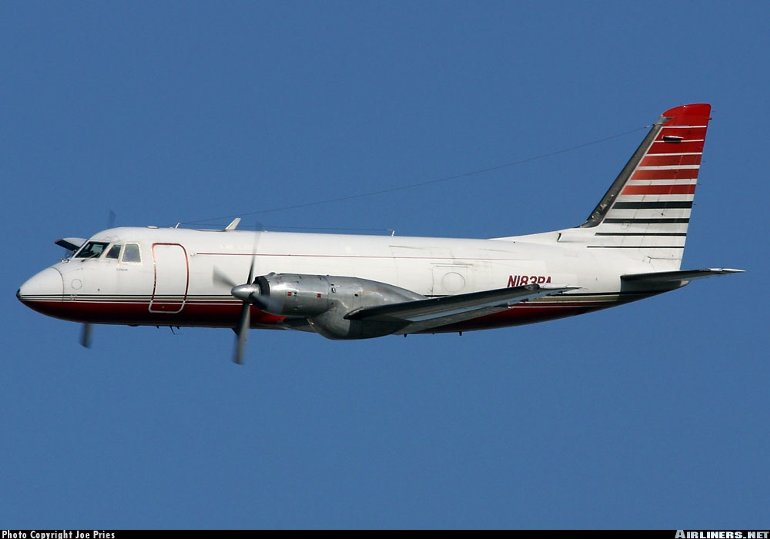Aircraft Technical Data
Grumman G-159 Gulfstream I

| Details | |
| Country of Origin | United States of America |
| Type | Corporate transport and regional airliner |
| History | Grumman developed the Gulfstream I turbine powered executive transport to replace the many hundred war surplus piston twins performing such missions in the mid 1950s. Design work began in 1956, with first flight of the Gulfstream I prototype occurring on August 14 1958. FAA Type certification was awarded on May 21 1959 and deliveries of production aircraft followed from that June. Notably, the Gulfstream I was the first US twin engined corporate transport to be certificated to cruise at 30,000ft. As the first in the Gulfstream line, the GI established the basic fuselage cross section that carries through today to the Gulfstream IV and V. Other features were the RollsRoyce Dart turboprops which gave the I good high speed cruise performance and an auxiliary power unit allowing independent operations from remote strips, providing power for the air conditioning and electrical systems prior to engine start. While primarily designed as a corporate transport, a large number of the standard fuselage Gulfstream Is were also used as commuter airliners, seating up to 24 passengers. Military Gulfstream Is were built for the US Navy (navigator training TC-4s) and US Coast Guard (VIP VC-4s). Production of the standard fuselage I ceased in 1969. In 1979, by which time Grumman's design rights were purchased by the newly established Gulfstream American Corporation, Gulfstream began offering stretched airliner conversions of the base GI. These aircraft were stretched by 3.25m (10ft 8in), allowing seating for up to 38 passengers at three abreast. Known as the G-159C Gulfstream IC the first conversion flew on October 25 1979, and production conversions were delivered from November 1980. However, only five were converted. |
| Powerplants | Two 1485kW (1990hp) RollsRoyce Dart Mk.5298X or 8E turboprops driving four blade Rotol propellers. |
| Performance | I - High speed cruise 560km/h (302kt), economical cruising speed 463km/h (250kt). Range with a 1245kg (2740lb) payload, max fuel and reserves 4087km (2206nm). C - Max cruising speed 555km/h (300kt). Range with max payload 805km (435nm). |
| Weights | I - Empty equipped 9942kg (21,900lb), max takeoff 15,935kg (35,100lb). IC - Empty 10,747kg (23,639lb), max takeoff 16,300kg (36,000lb). |
| Dimensions | I - Wing span 23.92m (78ft 6in), length 19.43m (63ft 9in), height 6.94m (22ft 9in). Wing area 56.7m2 (610.3sq ft). IC - Same except for length 22.97m (75ft 4in), height 7.01m (23ft 0in). |
| Capacity | I - Flightcrew of two. Typical corporate layouts seat between 10 and 14 passengers. Commuter airliner seating for 19 or high density seating for up to 24. IC - Flightcrew of two. Seating for between 32 and 38 at three abreast. |
| Production | 200 Gulfstream Is built when production ceased in February 1969 in favour of the jet powered Gulfstream II. Approximately 110 remain in corporate use while a further 48 are in airline service. Five Gulfstream G1C conversions performed. In 1998 two were in use as corporate transports and one as an airliner. |
| Related Links | Grumman G-159 Gulfstream I |
The backbone of this section is from the The International Directory of Civil Aircraft by Gerard Frawley and used with permission. To get your own copy of the book click here. |
|








